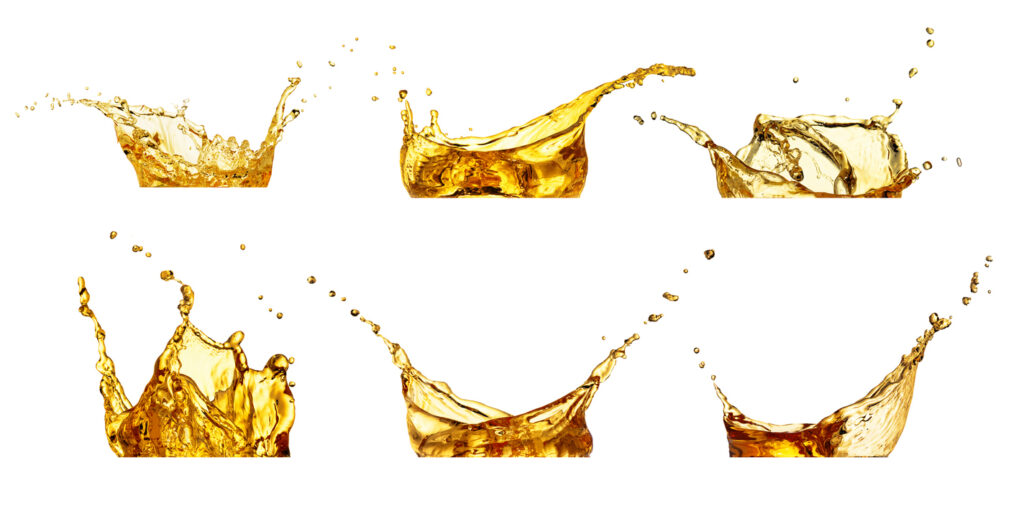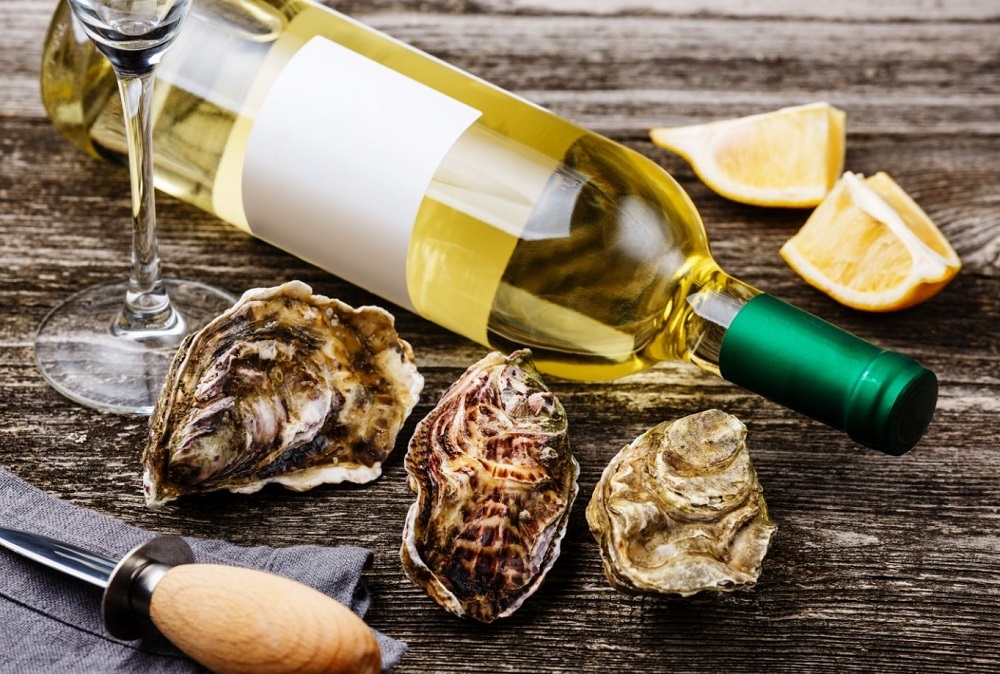In the vast world of white wines, two grape varieties stand out for their distinct flavors and characteristics: Viognier and Sauvignon Blanc. While both hail from different regions and offer unique experiences to the palate, they share a common popularity among wine enthusiasts. Viognier flaunts its luxurious texture, intoxicating aromas of flowers and tropical fruits, while Sauvignon Blanc captivates with its crisp acidity, herbaceous notes, and vibrant citrus flavors. As these two white wines battle it out for supremacy in the glass, let us delve into their differences, similarities, and explore which one might best suit your personal taste preferences.
Understanding Viognier
Viognier wine is an intriguing and often under-appreciated varietal that hails from the Rhône Valley in France. Known for its rich aromas and vibrant flavors, Viognier offers a unique sensory experience that sets it apart from other white wines. The nose typically exhibits an intoxicating blend of ripe apricots, peaches, and flowers, with notes of honeysuckle and tropical fruits dancing on the palate.

One fascinating aspect of Viognier is its versatility when it comes to food pairing. While it pairs exceptionally well with spicy Asian cuisine or dishes featuring rich sauces, its complex profile also makes it an excellent match for seafood, poultry, or even soft cheeses. Unlike many white wines that tend to fade over time, Viognier can age gracefully for several years without losing its lusciousness or character. This aging potential allows for a diverse range of experiences – from vibrant and energetic when enjoyed young to more nuanced and matured as it matures in the bottle.

In recent years, winemakers around the world have started embracing this captivating grape variety by producing exceptional Viogniers outside the traditional French regions. From California to Australia’s Adelaide Hills, these new expressions bring exciting new perspectives on what Viognier can offer. So next time you’re browsing through your local wine store or perusing a restaurant menu, don’t overlook this hidden gem—it may just be waiting to transport your taste buds on a delightful adventure!
Discovering Sauvignon Blanc
Sauvignon Blanc wine is renowned for its vibrant flavors and refreshing acidity, making it a beloved choice among wine enthusiasts worldwide. Originating from the Bordeaux region of France, this white grape variety has now made its mark in various parts of the world, including New Zealand, California, and South Africa.

One fascinating aspect of Sauvignon Blanc is its ability to showcase distinct flavors depending on where it’s grown. In cooler climates, such as New Zealand’s Marlborough region, the wine often exhibits intense notes of tropical fruits like passionfruit and gooseberry. Conversely, warmer regions like California may yield Sauvignon Blanc wines with more subtle flavors of citrus and melon. This diversity gives wine lovers endless opportunities to explore different expressions of this versatile grape.

Another interesting characteristic of Sauvignon Blanc is its remarkable ability to pair well with an array of dishes. Its zesty acidity can complement a variety of foods. Potential pairings range from delicate seafood dishes to tangy goat cheese salads or even spicy Asian cuisine. Whether you’re looking for a crisp aperitif or a delightful companion for your mealtime adventure, Sauvignon Blanc offers endless possibilities for culinary exploration.

In conclusion, Sauvignon Blanc is much more than just another white wine. It tells a vibrant tale through its diverse flavor profiles influenced by terroir. From tropical fruit explosions to delicate citrus notes and beyond, this varietal adapts and dazzles in various regions around the world.
Similarities of Sauvignon Blanc and Viognier Wines
Both Sauvignon Blanc and Viognier are white wine varieties that have gained popularity among wine enthusiasts for their distinctive characteristics. Despite being different grape varietals with distinct flavors and aromas, they do share some commonalities. Firstly, both wines are known for their vibrant and aromatic profiles. Sauvignon Blanc commonly exhibits intense citrus notes, accompanied by hints of tropical fruit and herbaceous undertones. Similarly, Viognier is recognized for its floral bouquet, perfumed with enticing aromas of apricot, peach, and blossom.

Another similarity between these two varietals lies in their ability to reflect the terroir in which they are grown. The flavor profile of both Sauvignon Blanc and Viognier can vary greatly depending on factors such as climate, soil composition, and vineyard practices. This means that a Sauvignon Blanc from New Zealand will showcase distinct characteristics compared to one from France or California. Similarly, Viognier can range from subtle floral notes when grown in cooler climates. When grown in warmer regions it moves to more expressive stone fruit flavors.

In conclusion, although Sauvignon Blanc and Viognier exhibit unique personalities as white wine varieties, there are some striking similarities between them. Both shine with their vibrant aromatics that captivate the senses upon opening the bottle. Additionally, each variety showcases its own regional nuances due to differences in terroir expressions across various growing regions worldwide.
How to serve Viognier and Sauvignon Blanc
When it comes to serving Sauvignon Blanc and Viognier, there are a few key factors to consider in order to fully enjoy the characteristics of these wines. First and foremost, temperature is crucial. Sauvignon Blanc tends to shine when served chilled. Coot it to around 45°F (7°C), as it helps preserve its vibrant acidity and aromatic qualities. On the other hand, Viognier benefits from being slightly warmer. It`s best served around 50-55°F (10-13°C), which allows its rich texture and complex aromas to unfold.

Another aspect to keep in mind is glassware. Both Sauvignon Blanc and Viognier thrive when served in glasses that have a narrower rim compared to other white wine varietals. This helps concentrate their aromas, enhancing the overall tasting experience. Additionally, swirling the wine gently in the glass before taking a sip can help release more of its aromatic compounds.

Finally, food pairing can greatly enhance your enjoyment of these wines. For Sauvignon Blanc, try pairing it with fresh goat cheese or light seafood dishes like oysters or grilled prawns. The crispness and zesty flavors of this wine complement these foods beautifully. For Viognier, opt for richer dishes such as roasted chicken with herbs or creamy pasta sauces. The fuller body and luscious mouthfeel of Viognier make it a perfect match for these types of dishes.
Food pairing of Sauvignon Blanc and Viognier
When it comes to food pairing, Sauvignon Blanc and Viognier offer dynamic and unique options that can elevate any dining experience. Sauvignon Blanc’s crisp acidity and vibrant flavors of citrus, green apple, and tropical fruits make it a versatile choice. It pairs exceptionally well with light seafood dishes like grilled shrimp or oysters. This is due to the wine’s acidity cutting through the richness of the food. Additionally, earthy vegetables such as asparagus or artichokes complement its herbal notes beautifully.

On the other hand, Viognier’s rich texture and aromatic profile make it an excellent match for bold flavors. Its luscious stone fruit notes blend harmoniously with spicy Asian cuisine like Thai curry or sushi rolls with soy-based sauces. The intensity of Viognier also stands up well to creamy pasta dishes. Especially with dishes like risottos which are accented by herbs such as rosemary or thyme. Moreover, this wine shines when paired with soft-ripened cheeses like Camembert or Brie due to its inherent creaminess.

Whether you choose a Sauvignon Blanc or Viognier for your next meal, experimenting with different food pairings can help unlock delightful flavor combinations that enhance both the wine and your dining experience. From delicate seafood dishes to vibrant Asian cuisine or creamy indulgent treats. There are endless possibilities awaiting to be explored on your palate when matching these wines. So go ahead; give yourself permission to get creative in the kitchen and let these wines elevate your gastronomic journey!
Conclusion
In conclusion, while Sauvignon Blanc and Viognier are distinct varietals with their own unique characteristics, they also share several similarities. Both wines are known for their aromatic profiles and can exhibit floral, fruity, and herbal notes. They both offer a refreshing acidity that makes them perfectly suited for pairing with a variety of foods. Additionally, both Sauvignon Blanc and Viognier have gained popularity among wine enthusiasts around the world. Both wines have a high versatility and ability to express the terroir in which they are grown. Whether you prefer the crispness of Sauvignon Blanc or the richness of Viognier, exploring these two varietals will undoubtedly broaden your wine knowledge. Additionaly it will enhance your tasting experiences.

